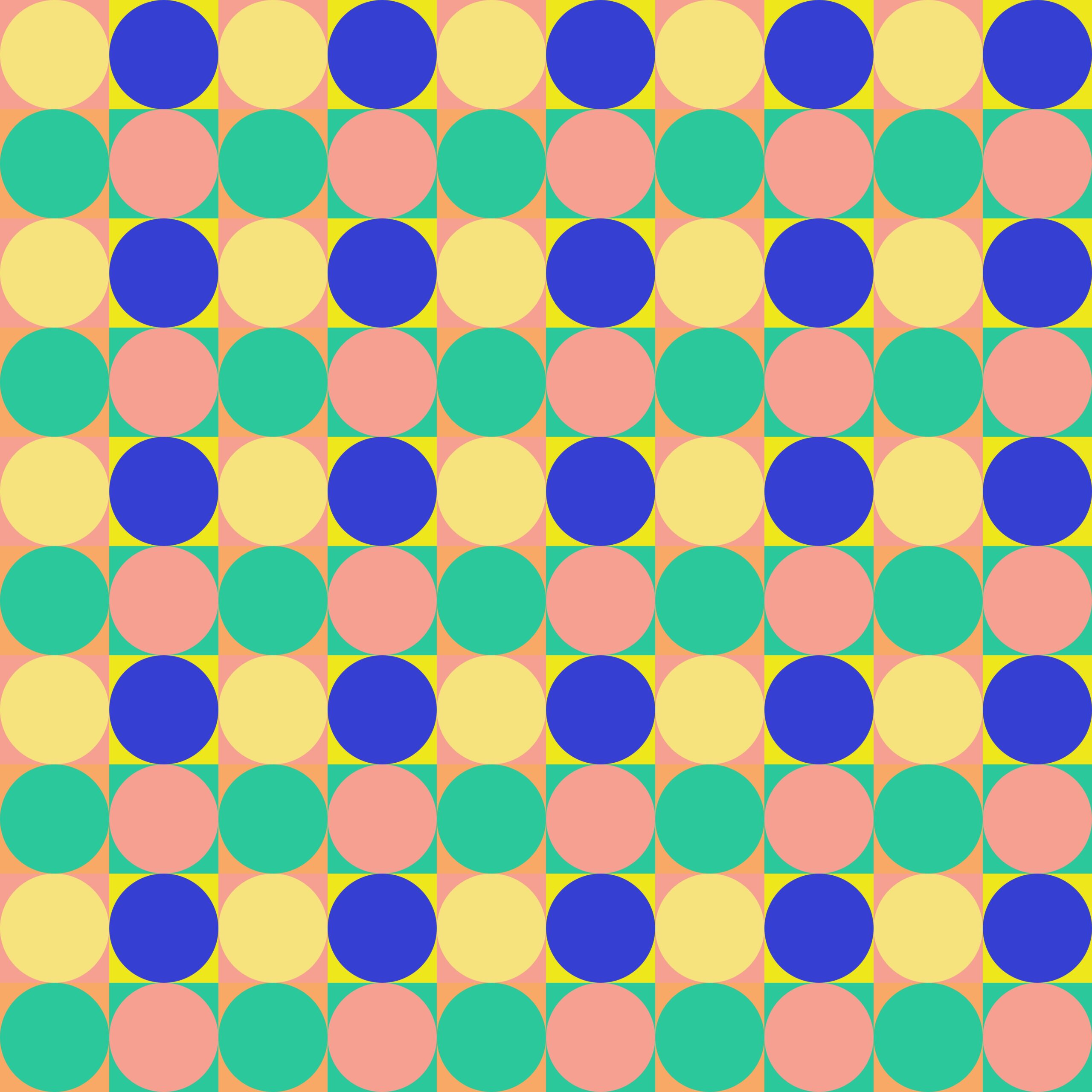Lo-fi beats evoke nostalgia and relaxation through these core techniques:
- Sampling Nostalgia: Use vintage vinyl, chop and rearrange clips, adjust pitch, and tempo for mood.
- Embracing Imperfections: Add vinyl crackles, distortion, and bitcrushing for warmth and texture.
- Dreamy Effects: Apply reverb, delay, and filters for an ethereal, nostalgic vibe.
- Simple Chords & Slow BPM: Use minor 7th chords, relaxed tempos (60–80 BPM), and repetitive patterns for calm.
- Humanized Drums: Add swing, ghost notes, and lo-fi drum samples for a natural feel.
- Ambient Layers: Enhance tracks with field recordings and subtle background noise.
- Vintage Post-Processing: Use tape emulation, EQ, and compression for an aged, analog sound.
Focus on mood over perfection to craft soothing, immersive soundscapes.

Comment